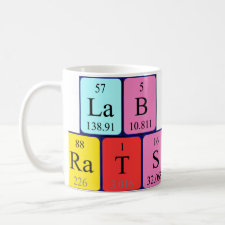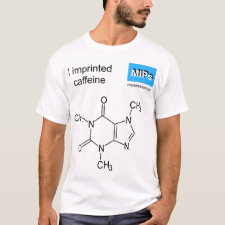
Authors: Vendamme R, Eevers W, Kaneto M, Minamizaki Y
Article Title: Influence of Polymer Morphology on the Capacity of Molecularly Imprinted Resins to Release or to Retain their Template.
Publication date: 2009
Journal: Polymer Journal
Volume: 41
Issue: (12)
Page numbers: 1055-1066.
DOI: 10.1295/polymj.PJ2009098
Alternative URL: http://www.nature.com/pj/journal/v41/n12/abs/pj2009171a.html
Abstract: This paper deals with the specific ability of molecularly imprinted polymers (MIPs) to release and/or to retain their template. MIPs for caffeine with various MIP:porogen volume ratios, were prepared by a non-covalent route. Formation of a prepolymerization complex between the template and the functional monomer was confirmed by nuclear magnetic resonance and Computer simulation. The MIP monoliths were successively grinded, sieved, and dried under vacuum. The morphology of the imprinted particles was investigated by scanning electron microscopy, swelling experiments and nitrogen adsorption. Typical release patterns of as-synthesised MIP particles in solvents can be decomposed in three fractions: initial release (phi(0)), slow release over several hours (Delta phi(Release)), permanent retention/encapsulation within the MIP (Delta phi(Reservoir)). The effect of MLP:porogen volume ratio (related to the MIP porosity) on the releasing/retaining profiles of the materials has been investigated. Finally, the results were critically compared with the available literature and the applicability of MIP reservoirs is briefly discussed
Template and target information: caffeine
Author keywords: molecular imprinting, Polymer morphology, controlled release, Polymer Reservoir, self-assembly



Join the Society for Molecular Imprinting

New items RSS feed
Sign-up for e-mail updates:
Choose between receiving an occasional newsletter or more frequent e-mail alerts.
Click here to go to the sign-up page.
Is your name elemental or peptidic? Enter your name and find out by clicking either of the buttons below!
Other products you may like:
 MIPdatabase
MIPdatabase









